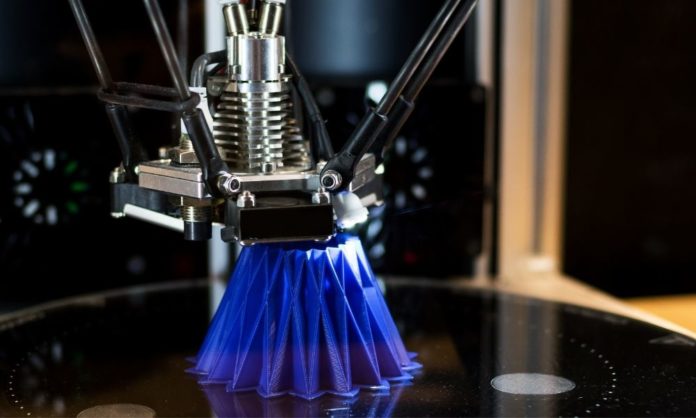The capacity of 3D printed plastic to “stick” to the build plate when printing is known as bed adhesion. You can obtain curved, shifted, and even dangerous results when 3D prints don’t remain in position on the build plate. Makers employ a variety of 3D printing surfaces to aid in the adhesion of various materials to the printing plate. Aluminum, stainless steel, glass, BuildTak, Kapton tape, PET tape, masking tape, or PEI film are the most frequent materials used in 3D printers. However, there isn’t a particular bed type that works best for every sort of filament adhesion. As such, it comes down to the creator to find solutions to improving bed adhesion. Here are the top methods of improving bed adhesion when 3D printing.
Use A 3D-Printed Raft
Rafts are utilized to take out the print’s possibly problematic bottom layer and replace it with a platform that is easier to print. A raft takes the hit for your print if you’re encountering bed adhesion issues. It should be noted that the raft’s print finish may appear to be bad. This is due to the part being printed on top of the raft. This may be the greatest approach to improve adhesion if the surface contacting the raft does not need to be perfect.
Alter Fan Speed
The fan speed during the initial layer and during the print can affect print adherence. In general, the more molten the plastic is, the better it adheres. As a result, lower fan speeds frequently yield better results. However, this must be balanced against the plastic’s cooling requirements. The filament will be overly molten if no cooling is applied, and the print’s shape will be affected.
Use a 3D-Printed Draft Shield
Draft shields preserve some residual ambient heat around the print while printing, which helps to prevent warping. As a result, the temperature difference between the print and the surrounding air is lower, resulting in fewer forces pulling the print away from the build surface.
Clean the Build Plate
The foundation of a good stick is a decent surface. If in doubt, wipe the build plate each time before printing with rubbing alcohol and a microfiber cloth. Naturally, you should double-check that the construction plate material you’re using is rubbing alcohol friendly. (You should be alright if you use glass, which is a typical bed material.) This prevents impurities on the build plate from interfering with the plastic’s adhesion to the build surface.
We hope you have enjoyed our recap of the top methods of improving bed adhesion when 3D printing. For more tips on the perfect printing temperatures for specific materials, look here for more information.








